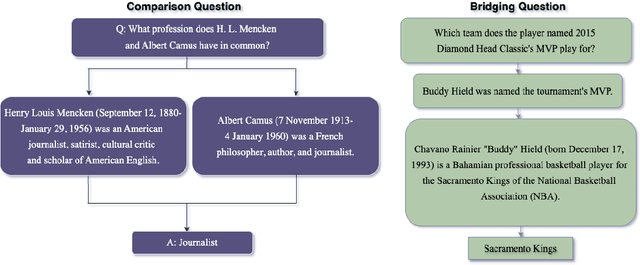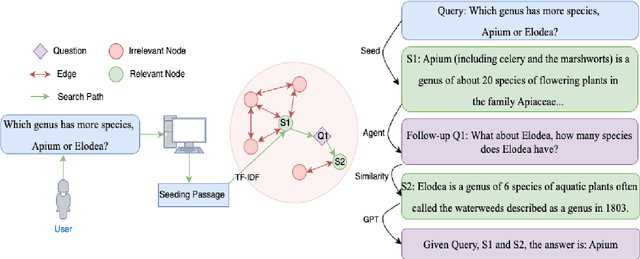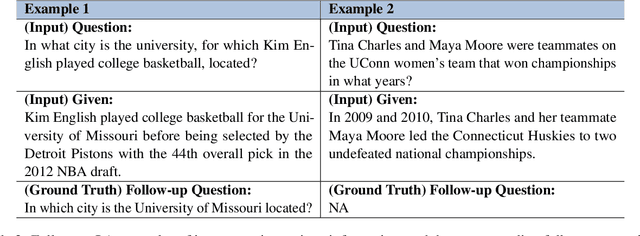Zixuan Zhu
MakeupAttack: Feature Space Black-box Backdoor Attack on Face Recognition via Makeup Transfer
Aug 22, 2024Abstract:Backdoor attacks pose a significant threat to the training process of deep neural networks (DNNs). As a widely-used DNN-based application in real-world scenarios, face recognition systems once implanted into the backdoor, may cause serious consequences. Backdoor research on face recognition is still in its early stages, and the existing backdoor triggers are relatively simple and visible. Furthermore, due to the perceptibility, diversity, and similarity of facial datasets, many state-of-the-art backdoor attacks lose effectiveness on face recognition tasks. In this work, we propose a novel feature space backdoor attack against face recognition via makeup transfer, dubbed MakeupAttack. In contrast to many feature space attacks that demand full access to target models, our method only requires model queries, adhering to black-box attack principles. In our attack, we design an iterative training paradigm to learn the subtle features of the proposed makeup-style trigger. Additionally, MakeupAttack promotes trigger diversity using the adaptive selection method, dispersing the feature distribution of malicious samples to bypass existing defense methods. Extensive experiments were conducted on two widely-used facial datasets targeting multiple models. The results demonstrate that our proposed attack method can bypass existing state-of-the-art defenses while maintaining effectiveness, robustness, naturalness, and stealthiness, without compromising model performance.
The Victim and The Beneficiary: Exploiting a Poisoned Model to Train a Clean Model on Poisoned Data
Apr 17, 2024



Abstract:Recently, backdoor attacks have posed a serious security threat to the training process of deep neural networks (DNNs). The attacked model behaves normally on benign samples but outputs a specific result when the trigger is present. However, compared with the rocketing progress of backdoor attacks, existing defenses are difficult to deal with these threats effectively or require benign samples to work, which may be unavailable in real scenarios. In this paper, we find that the poisoned samples and benign samples can be distinguished with prediction entropy. This inspires us to propose a novel dual-network training framework: The Victim and The Beneficiary (V&B), which exploits a poisoned model to train a clean model without extra benign samples. Firstly, we sacrifice the Victim network to be a powerful poisoned sample detector by training on suspicious samples. Secondly, we train the Beneficiary network on the credible samples selected by the Victim to inhibit backdoor injection. Thirdly, a semi-supervised suppression strategy is adopted for erasing potential backdoors and improving model performance. Furthermore, to better inhibit missed poisoned samples, we propose a strong data augmentation method, AttentionMix, which works well with our proposed V&B framework. Extensive experiments on two widely used datasets against 6 state-of-the-art attacks demonstrate that our framework is effective in preventing backdoor injection and robust to various attacks while maintaining the performance on benign samples. Our code is available at https://github.com/Zixuan-Zhu/VaB.
* 13 pages, 6 figures, published to ICCV
CuriousLLM: Elevating Multi-Document QA with Reasoning-Infused Knowledge Graph Prompting
Apr 13, 2024



Abstract:In the field of Question Answering (QA), unifying large language models (LLMs) with external databases has shown great success. However, these methods often fall short in providing the advanced reasoning needed for complex QA tasks. To address these issues, we improve over a novel approach called Knowledge Graph Prompting (KGP), which combines knowledge graphs with a LLM-based agent to improve reasoning and search accuracy. Nevertheless, the original KGP framework necessitates costly fine-tuning with large datasets yet still suffers from LLM hallucination. Therefore, we propose a reasoning-infused LLM agent to enhance this framework. This agent mimics human curiosity to ask follow-up questions to more efficiently navigate the search. This simple modification significantly boosts the LLM performance in QA tasks without the high costs and latency associated with the initial KGP framework. Our ultimate goal is to further develop this approach, leading to more accurate, faster, and cost-effective solutions in the QA domain.
Bounding and Filling: A Fast and Flexible Framework for Image Captioning
Oct 15, 2023Abstract:Most image captioning models following an autoregressive manner suffer from significant inference latency. Several models adopted a non-autoregressive manner to speed up the process. However, the vanilla non-autoregressive manner results in subpar performance, since it generates all words simultaneously, which fails to capture the relationships between words in a description. The semi-autoregressive manner employs a partially parallel method to preserve performance, but it sacrifices inference speed. In this paper, we introduce a fast and flexible framework for image captioning called BoFiCap based on bounding and filling techniques. The BoFiCap model leverages the inherent characteristics of image captioning tasks to pre-define bounding boxes for image regions and their relationships. Subsequently, the BoFiCap model fills corresponding words in each box using two-generation manners. Leveraging the box hints, our filling process allows each word to better perceive other words. Additionally, our model offers flexible image description generation: 1) by employing different generation manners based on speed or performance requirements, 2) producing varied sentences based on user-specified boxes. Experimental evaluations on the MS-COCO benchmark dataset demonstrate that our framework in a non-autoregressive manner achieves the state-of-the-art on task-specific metric CIDEr (125.6) while speeding up 9.22x than the baseline model with an autoregressive manner; in a semi-autoregressive manner, our method reaches 128.4 on CIDEr while a 3.69x speedup. Our code and data is available at https://github.com/ChangxinWang/BoFiCap.
Beyond Generic: Enhancing Image Captioning with Real-World Knowledge using Vision-Language Pre-Training Model
Aug 02, 2023Abstract:Current captioning approaches tend to generate correct but "generic" descriptions that lack real-world knowledge, e.g., named entities and contextual information. Considering that Vision-Language Pre-Training (VLP) models master massive such knowledge from large-scale web-harvested data, it is promising to utilize the generalizability of VLP models to incorporate knowledge into image descriptions. However, using VLP models faces challenges: zero-shot inference suffers from knowledge hallucination that leads to low-quality descriptions, but the generic bias in downstream task fine-tuning hinders the VLP model from expressing knowledge. To address these concerns, we propose a simple yet effective method called Knowledge-guided Replay (K-Replay), which enables the retention of pre-training knowledge during fine-tuning. Our approach consists of two parts: (1) a knowledge prediction task on automatically collected replay exemplars to continuously awaken the VLP model's memory about knowledge, thus preventing the model from collapsing into the generic pattern; (2) a knowledge distillation constraint to improve the faithfulness of generated descriptions hence alleviating the knowledge hallucination. To evaluate knowledge-enhanced descriptions, we construct a novel captioning benchmark KnowCap, containing knowledge of landmarks, famous brands, special foods and movie characters. Experimental results show that our approach effectively incorporates knowledge into descriptions, outperforming strong VLP baseline by 20.9 points (78.7->99.6) in CIDEr score and 20.5 percentage points (34.0%->54.5%) in knowledge recognition accuracy. Our code and data is available at https://github.com/njucckevin/KnowCap.
 Add to Chrome
Add to Chrome Add to Firefox
Add to Firefox Add to Edge
Add to Edge